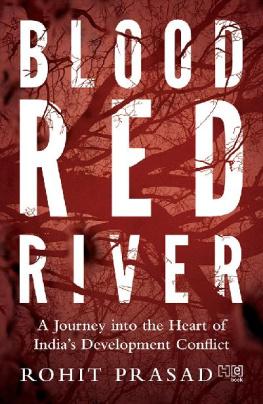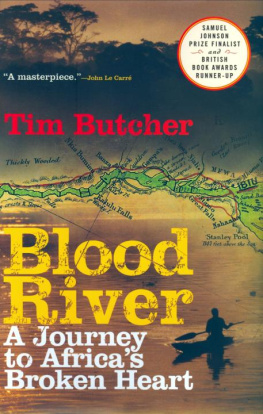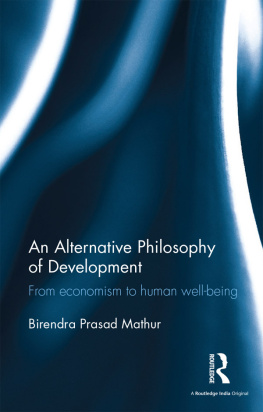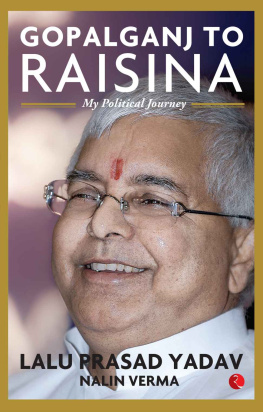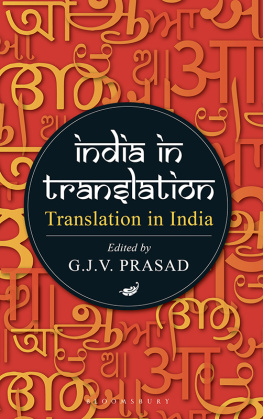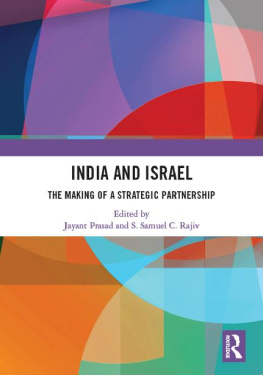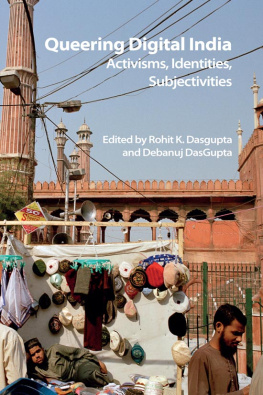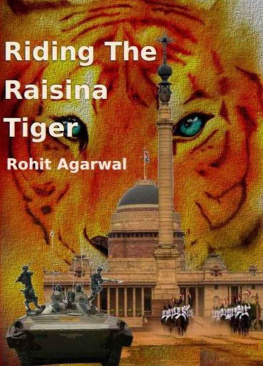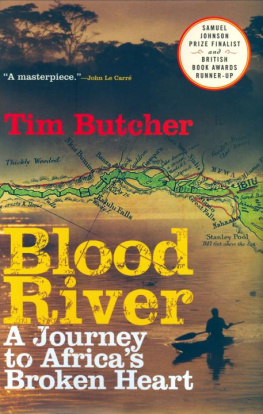BLOOD RED
river
A Journey into the Heart of Indias
Development Conflict
ROHIT PRASAD
First published in 2016 by Hachette India
(Registered name: Hachette Book Publishing India Pvt. Ltd)
An Hachette UK company
www.hachetteindia.com
This ebook published in 2016
(Text) Copyright 2016 Rohit Prasad
Rohit Prasad asserts the moral right to be identified as the author of this work
All rights reserved. No part of the publication may be copied, reproduced, downloaded, stored in a retrieval system, or transmitted in any form or by any means without the prior written permission of the publisher, nor be otherwise circulated in any form of binding or cover or digital format other than that in which it is published and without a similar condition being imposed on the subsequent purchaser.
The views and opinions expressed in this book are the authors own and the facts are as prepared by him and have been verified to the extent possible. The publishers are not in any way liable for the same.
Print edition ISBN 978-93-5195-033-2
Ebook edition ISBN 978-93-5195-034-9
Cover image courtesy Shutterstock.com
Cover design by Tara Upadhyay
Originally typeset in 11/14.5 Adobe Caslon Pro by
SRYA, New Delhi
Hachette Book Publishing India Pvt. Ltd
4th/5th Floors, Corporate Centre,
Sector 44, Gurgaon 122003, India
To my parents:
Suren Prasad,
who continues to open doors for me every step of the way,
and
Meera Prasad,
whose grit never ceases to amaze.
C ONTENTS
Do I look like a Maoist? asks a middle-aged man with burnished skin, bright eyes and a perfect salt-and-pepper mop of hair.
His voice is quiet. I am instantly uneasy.
We are at the Gandhi Smriti and Darshan Samiti in New Delhi, participating in a conference on Gondi, a Dravidian language spoken by tribals in southern and central India. My interlocutor, Professor Metry, is a professor of tribal studies at the Kannada University, Hampi. I have been introduced to him as someone interested in travelling to Left-wing extremist areas, a euphemism for territories where Maoists wield influence.
I am obviously being sized up. Now people start pulling up chairs around us.
You need to stay calm, I tell myself.
Do I look like a Maoist? Prof. Metry repeats his question.
Seated next to him is a man with a friendly smile. Do we look like Maoists? he asks, echoing the professors words.
No, no. Of course not, sir. But
Metry cuts me off. You people just talk about the Maoist problem for your own benefit. There are no Maoists in Chhattisgarh. No tribal is a Maoist.
I contest his claim with facts and figures, but the professor stands his ground. I fall silent and recall Shubranshu Choudhary, a BBC journalist with years of experience in Maoist areas, telling me that the tribals bore no allegiance to either the Maoists or the government. They merely did what they needed to do, on a moment-to-moment basis, in order to stay alive.
For many months following that meeting, I would mull over Prof. Metrys comment, wondering what he might have meant. If, on the one hand, no tribal was a Maoist, I reflected, the Indian State was guilty of a grave injustice for targeting innocent citizens in its war against the Maoist insurgency. It might even be using the insurgency as a pretext to clear what it might perceive as human encumbrances on mineral-rich land. Further, if no top leader of the Maoists was a tribal, the indigenous population in the area might well be serving as cannon fodder in the ideological war being waged by the rebels against the Indian State.
As of today, 106 of Indias 680 districts are said to be adversely affected by Left-wing extremism. Of these, 35 are classified as seriously affected. Most of the districts under Maoist influence are characterized by a potent cocktail of rich mineral resources, abject poverty, high rates of inequality, and the presence of a large adivasi population.
However, extreme poverty is not limited to Maoist-controlled districts alone. Uttar Pradesh (UP), for example, is largely free of Maoist influence. Yet, it is home to the largest number of Indias poor, with 21 per cent of this segment of the population hailing from the state.
Given the statistics, one might ask, how did the phenomenon of Maoism arise in some states and not in others, and to what extent is it linked to poverty? Does the birth of the insurgency in our country indicate flaws in our development model? Are mineral-rich areas suffering from a resource-curse, the phenomenon of abundant natural resources being accompanied by low rates of local Gross Domestic Product (GDP) growth and poverty alleviation? And why should you and I, individuals whose lives are seemingly untouched by the problem, care about these things?
About three years ago, I had started looking for stories of how common people in remote areas of India, and the government were championing the use of information and communication technology to transform society. My sunny sense of optimism was subjected to a reality check when I observed the prevailing conditions in these areas. I realized that while technology could play a facilitative role, the real drivers of the abysmal economic outcomes continued to lie in faultlines in the underlying model of development. I decided to realign my focus.
As a writer, I recognized that what I had stumbled upon was far more complex, and much more fundamental than what I had set out to find. I saw that I had an opportunity to illuminate an area of darkness situated in the heart of the country, where the darkness denoted both under-representation (and misrepresentation) in the media discourse, as well as the sordidness to which the ordinary citizen is subjected on a daily basis. In order to do justice to what I saw, I felt I needed to go beyond conventional tools of my discipline economics and delve into the nature of democracy prevailing in these areas. Even beyond, I was drawn to the tapestry of stories, legends, myths and rumours that formed the interwoven fabric of my subjects lives, lives that seemed to follow an age-old dreamlike pattern, punctuated by birth, marriage, harvest and, increasingly, premature death. My eagerness to document the strife-torn land was quickened by my authentic encounters with adivasi culture that revealed that there was indeed something that we urgently need to salvage, to preserve and to nurture. I accepted the risk of venturing into this subject matter and this geography as part of the territory I had chosen to explore, although some of my friends characterized my new obsession as a somewhat unusual case of midlife crisis!
While empathizing with those affected by the juggernaut of development, I also felt that the perspectives of those attempting to kickstart industry demanded a fair hearing. As a result, I spent a considerable amount of time speaking to corporate executives, bureaucrats and politicians to understand the constraints under which they operated. At the same time, I delved into the ideology and methods employed by the Maoists many of whom have brought an enormous amount of courage, sacrifice and erudition to their interventions in order to assess whether their struggle offers any signs of hope for the local population.




